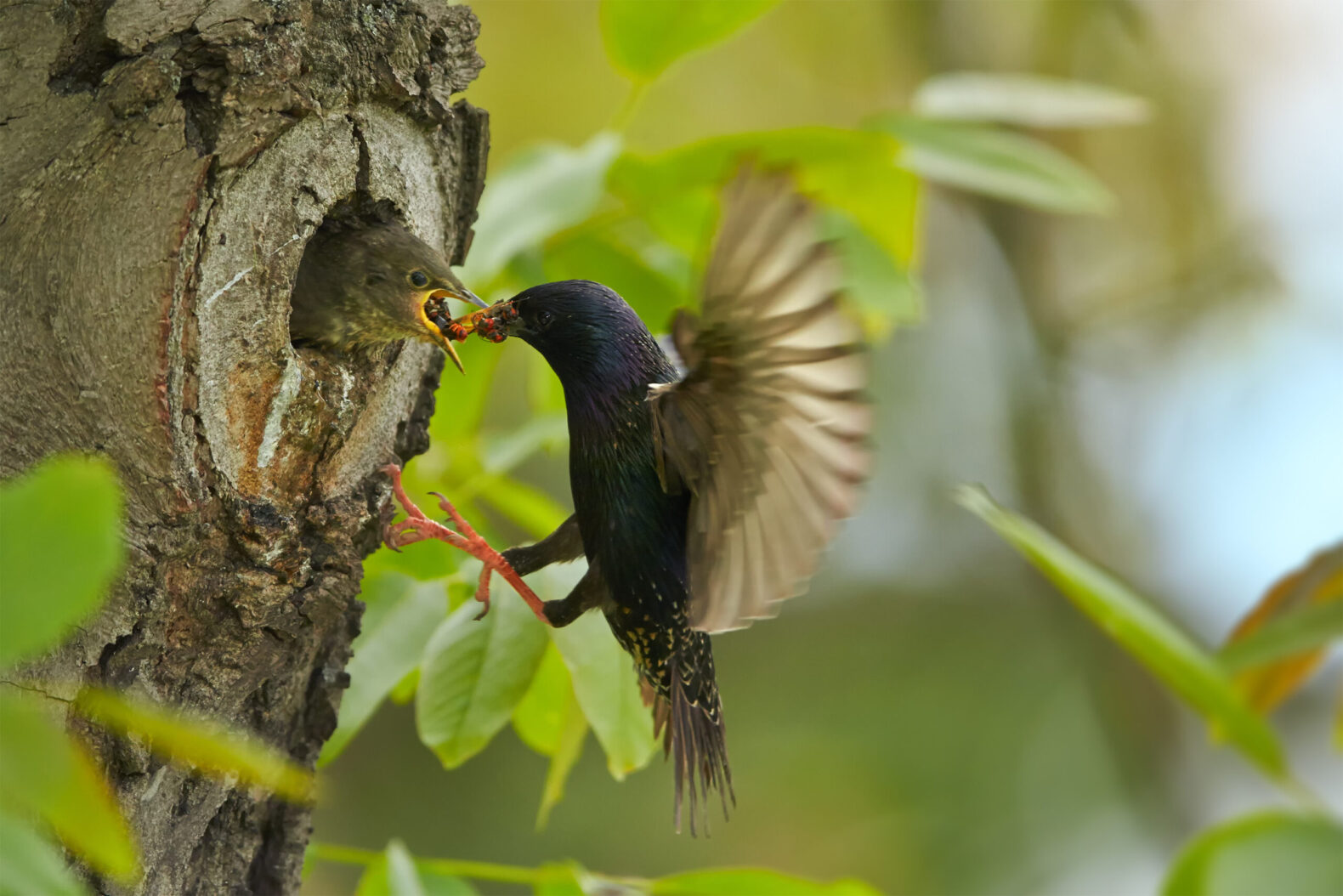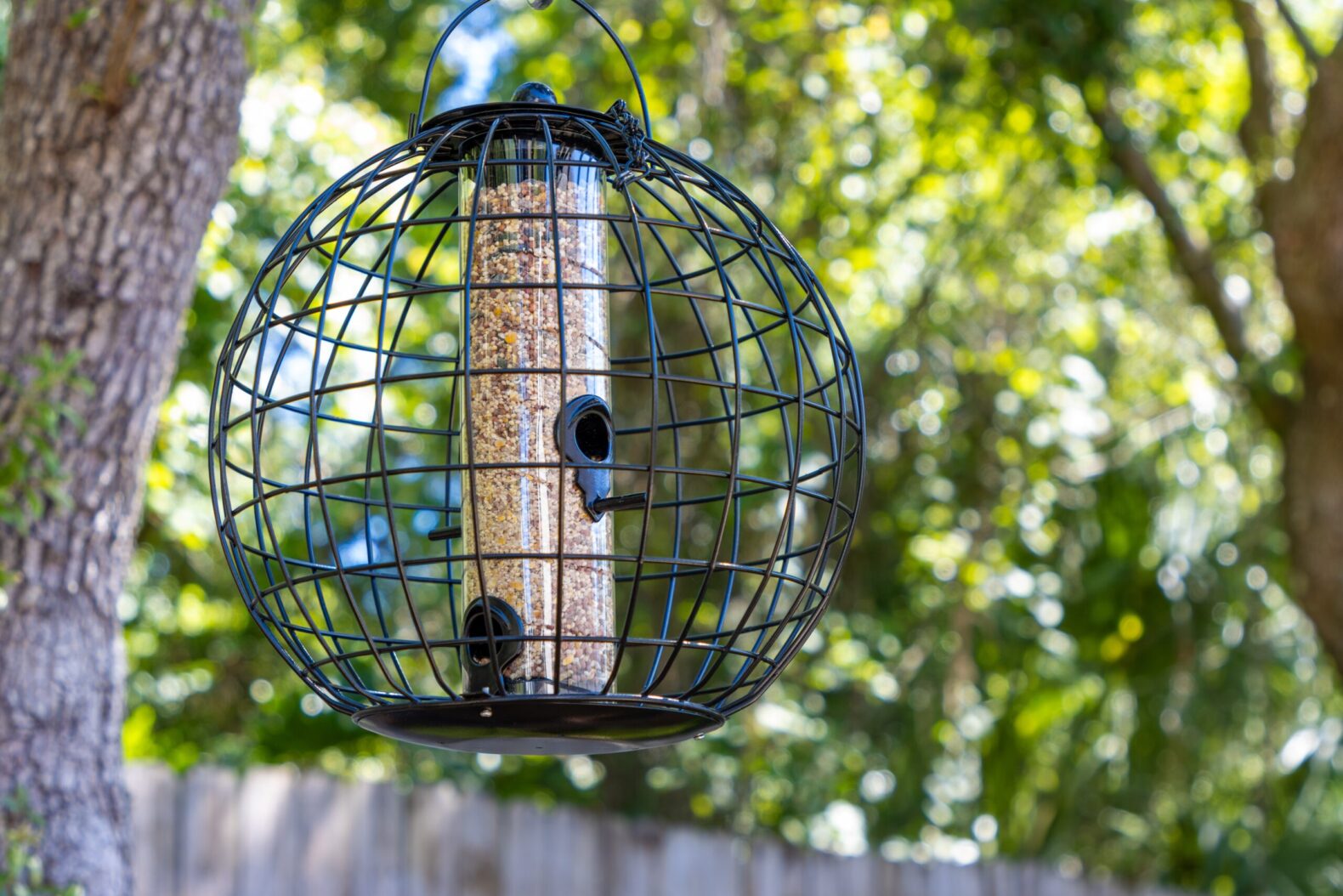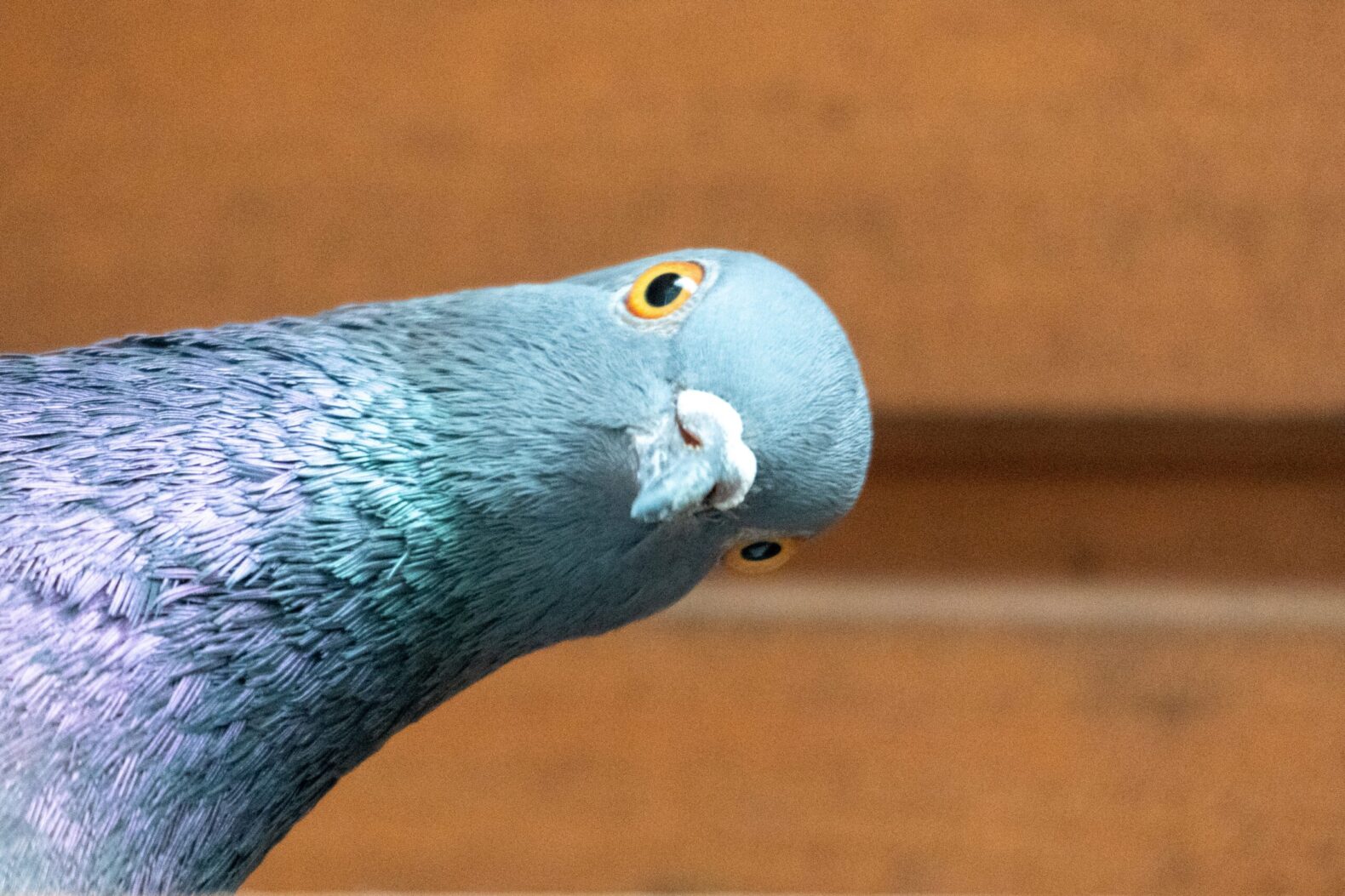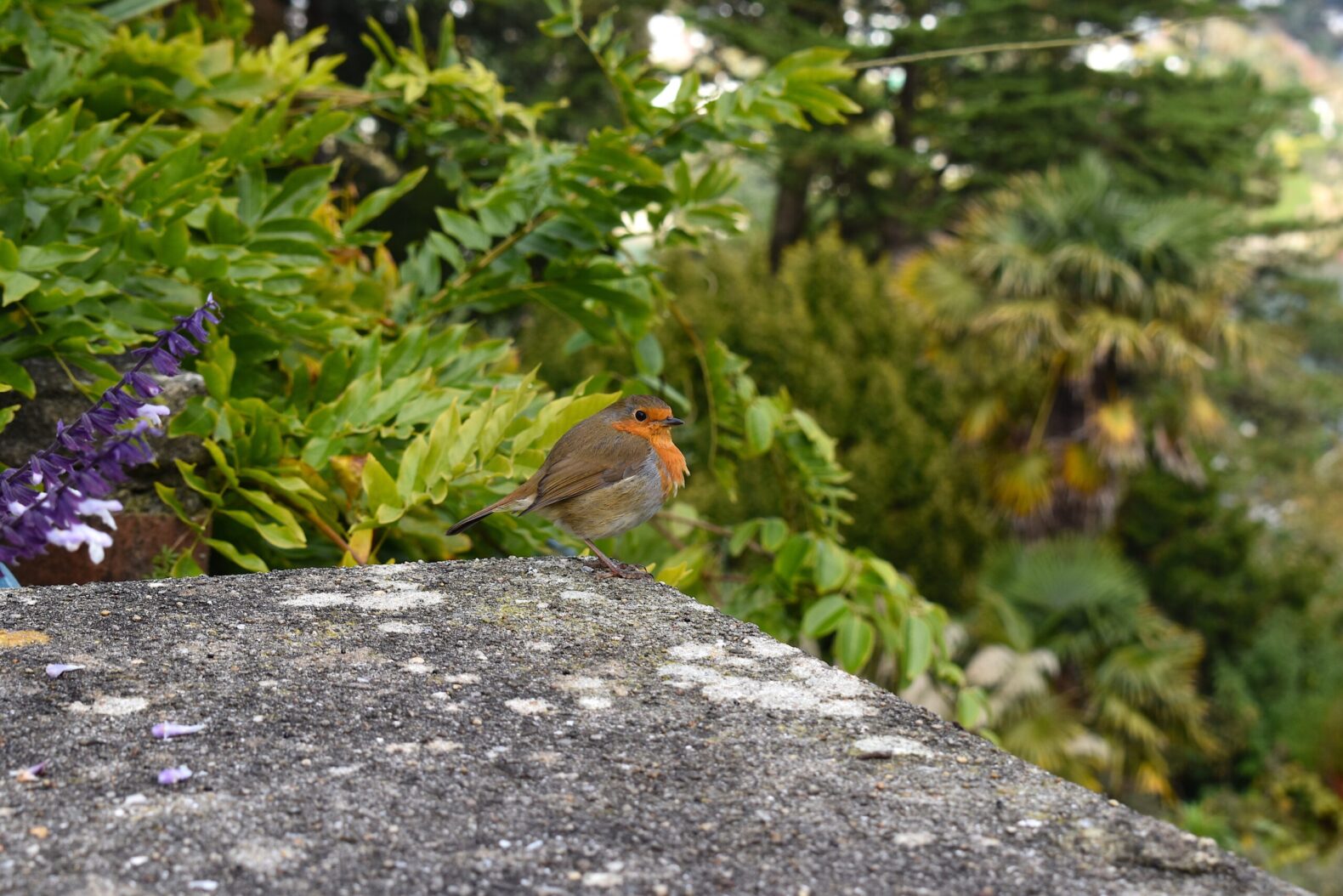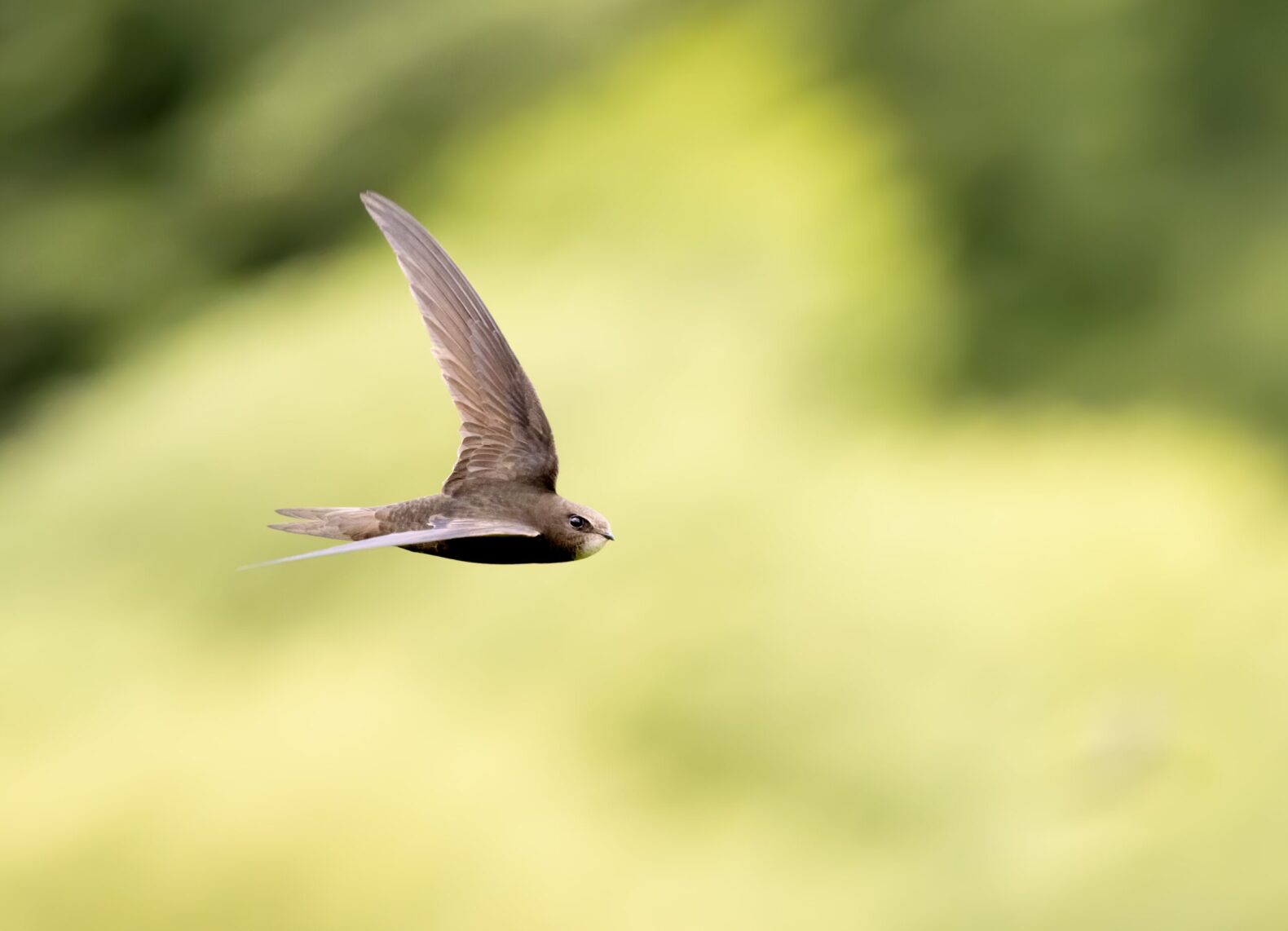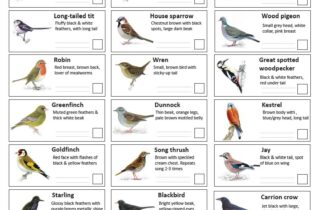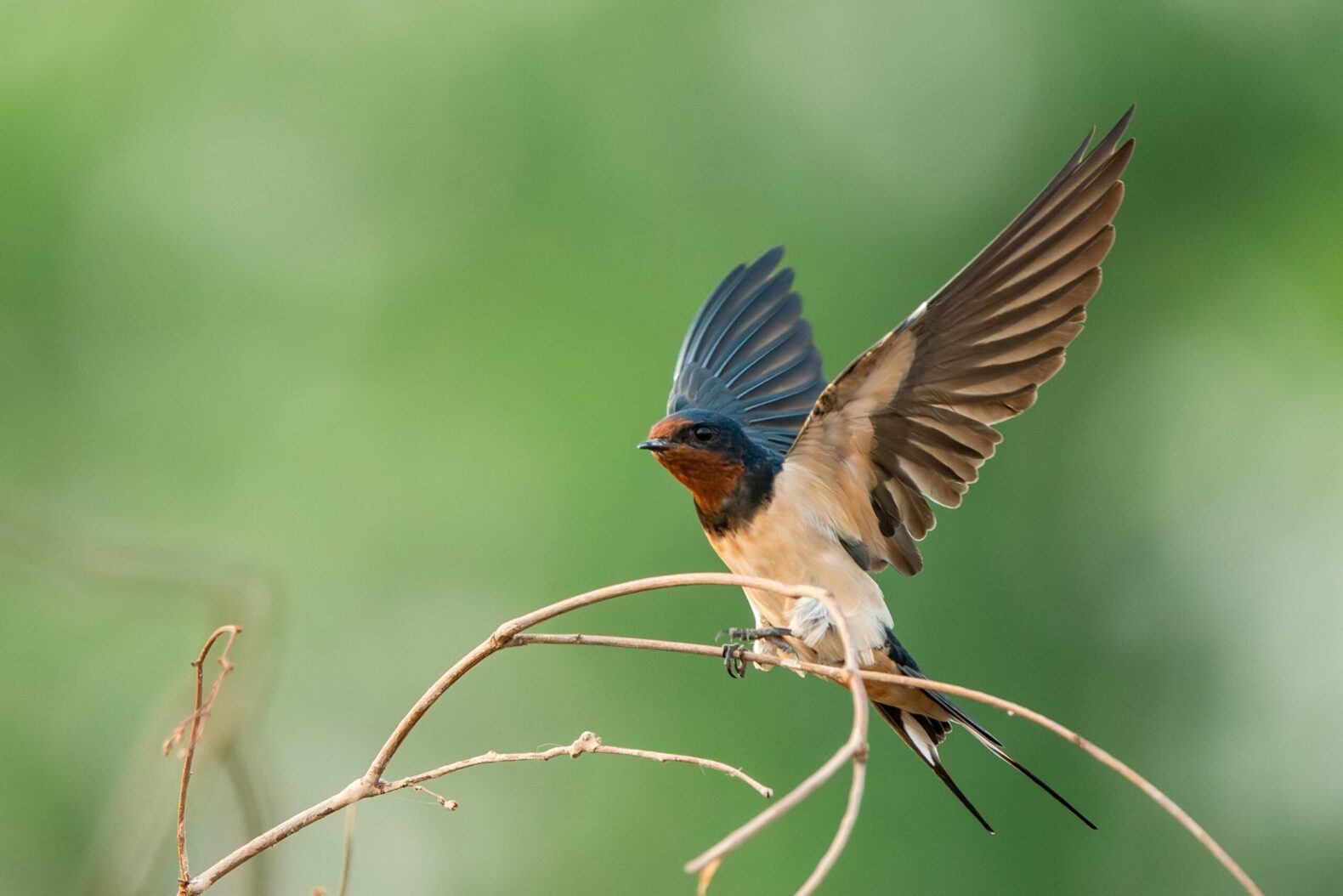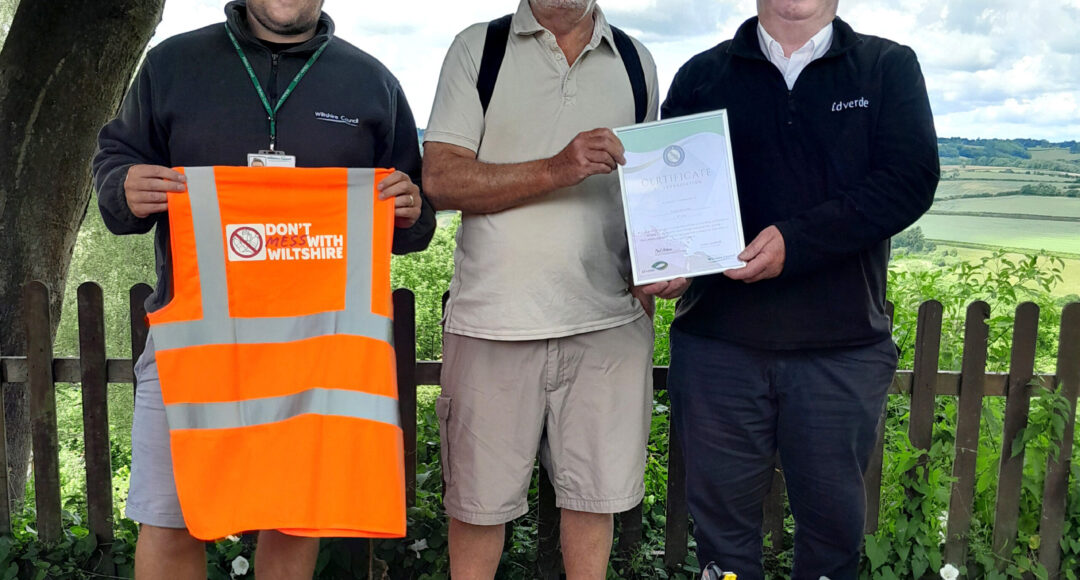Common Bird Species and Their Nesting Habits
The UK is home to a diverse range of bird species, each with its own unique nesting habits. The Robin, for example, is a familiar sight in British gardens. These birds typically nest in dense shrubbery or hedges, often close to the ground.
Robins are known for their distinctive cup-shaped nests, which are constructed from moss, leaves, and grass, and lined with softer materials like feathers and hair. The female Robin is primarily responsible for building the nest, while the male defends the territory.
Blue Tits are another common species, often seen in woodland areas and gardens. These small birds prefer to nest in tree holes or nest boxes, which mimic their natural nesting sites. Blue Tits are meticulous builders, using moss, wool, and feathers to create a warm and safe environment for their eggs. The female lays a large clutch of eggs, sometimes up to a dozen, and incubates them while the male provides food.
The eggs of birds like blue tits only take about 15 days to hatch and then 18-21 days to fledge, so the whole process can be done in just over a month! They can then have a second brood which will sometimes carry on into September, so it’s worth checking for late nesters.
Swallows, on the other hand, are known for their mud nests, which they construct under the eaves of buildings or in barns and outbuildings. These birds are highly social and often nest in colonies, which offers them protection from predators. Swallows are adept at using their beaks to gather mud and straw to build their nests, and their aerial acrobatics are a delightful sight during the warmer months.

